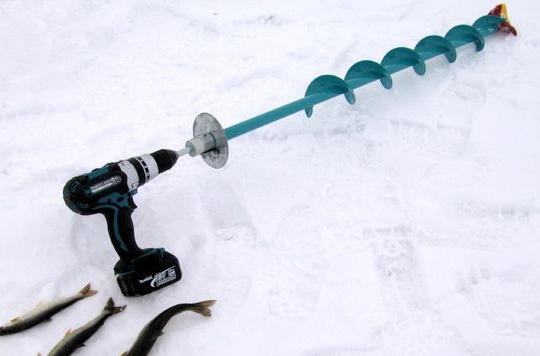
Ice drills occupy one of the main places in the equipment of every passionate lover of winter fishing. If on thin ice one and a half dozen holes can be easily made with an ax or an ice pick, then with a meter thick ice without good ice drill it is difficult to get to the water.
With the help of an ice drill, a hole with a depth of up to 100 cm in ice is obtained in an ideally regular shape.
Winter daylight hours are short and spending most of it drilling several holes in the ice is an unfortunate injustice that scares beginners away from winter fishing.
It is much more efficient to break the ice with modified, well-sharpened and adjusted knives, and a manual ice drill. In retail chains, active sale of powerful cordless screwdrivers with excellent torque. The fishermen - winterers should not be quick-witted; they quickly figured out how to adapt this tool to the needs of winter fishing.
To create an electric powered ice drill, you need a manual ice drill, an adapter, and a suitable screwdriver.
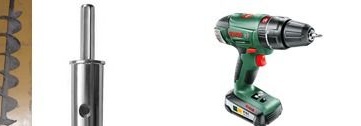
The main concern of the fisherman - the winter road will be the acquisition of a transitional device. It can be bought in fishing sections of shops or turned in a turning workshop. The adapter consists of two parts. At one end, a cylinder is machined, which is articulated with the screw and fixed with a screw on the screw. The other end is a shank with a hexagon or a tetrahedron. It is clamped by a chuck in a screwdriver.
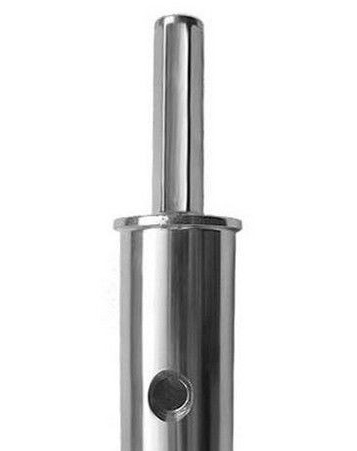
If the thickness of the ice in your area in winter is longer than the length of the screw, then you need to make an insert between the adapter and the ice drill auger from a pipe with a suitable diameter.
The screwdriver must meet the following requirements:
Supply voltage - from 18 V.
Torque from 35 to 85 Nm.
Battery capacity from 2.5 Ah. and higher.
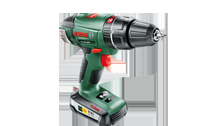
If the air temperature is below -10 ° C, then the battery must be stored separately from the screwdriver, in the inner pockets of outerwear.
Ni-Cd batteries are perfect for frosts, they are able to maintain their capacity in the cold, and Li-Ion batteries quickly get cold in cold weather.
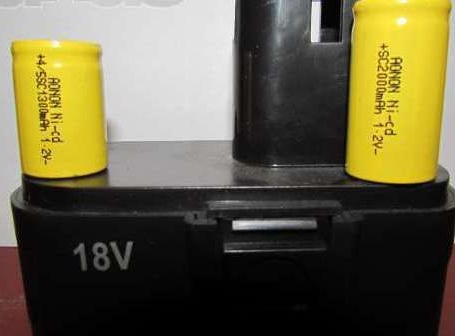
A well-prepared ice drill can easily cope with any thickness of ice, both in severe frosts and in the thaw.
And this is a test drive of an advanced ice drill in "field" conditions.
